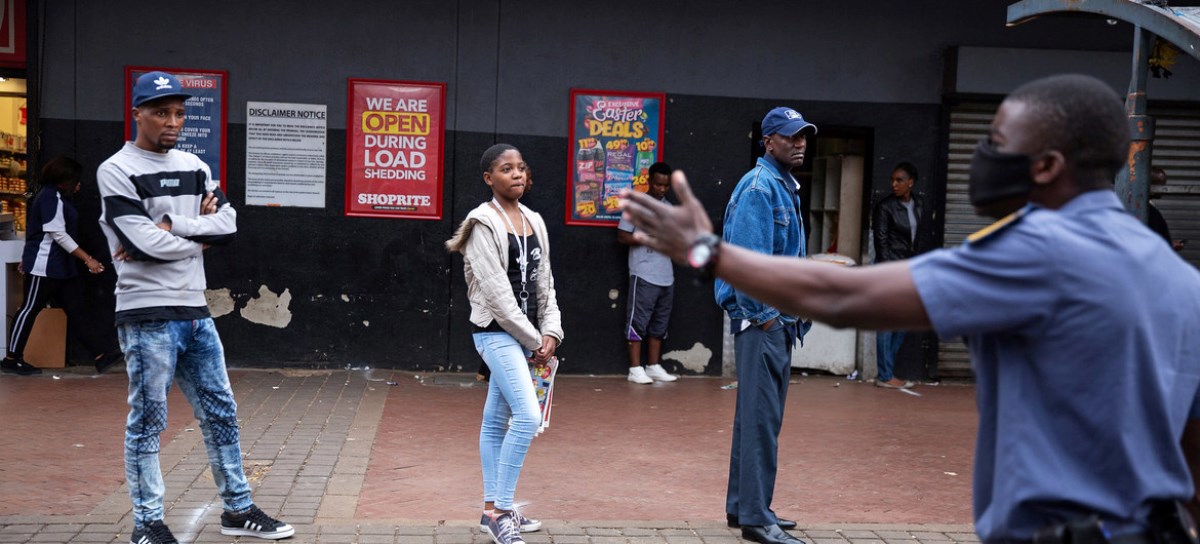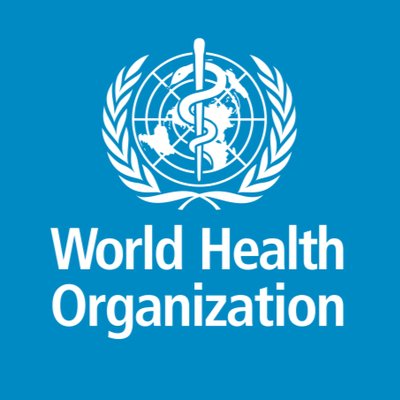National Programme for Prevention and Control of Deafness will target over 6% of India’s population with Disabling Hearing Loss
 KRC TIMES Desk
KRC TIMES Desk

On World Hearing Day, Dr Harsh Vardhan, Union Minister for Health and Family Welfare as Chairman of Executive Board of WHO released WHO’s World Report on Hearing.
To underscore the importance of ear health, Dr Harsh Vardhan referred to a 2018 WHO report which observed that 2% of India’s population, mainly children, suffer from the condition of Otitis Media. He observed, “So prevalent is the condition that some people even consider it natural for a child’s ears to discharge.” He also highlighted other problems like hearing loss due to high noise levels at workplaces and on the roads, hearing loss due to the use of ototoxic medicines and chemicals, the dangers of loud music and unsafe listening to people’s hearing health (with over 750 million smartphone users in India).

He informed the audience on India’s recently concluded study on hearing loss and its causes in our population: “A multicentric cross-sectional survey conducted as per the WHO recommended Probability Proportional to Size (PPS) sampling technique assessed 92,097 people in the community across 6 sites in India. Age-appropriate audiological testing as per WHO norms including pure tone audiometry, tympanometry, otoacoustic emissions, behavioural observation audiometry and ENT examination was all undertaken onsite in a specially designed sound-treated audiological bus.” The sample size makes this the world’s largest such study to date.
The results have shown a changing profile of hearing loss in India’s population and in tune with similar changes in other countries as they move forward in economic development. The study showed that the disabling hearing loss affected 2.9% of the population and was noted to affect communication, education and work. The rural population had a far greater prevalence of hearing loss. The prevalence of total hearing loss, unilateral &bilateral was found to be as high as 9.93%. The geriatric population accounted for 40.5% of all hearing loss and 72.4% of all disabling hearing loss. The study also made a major contribution in identifying the risk factors associated with Sensory Neural Hearing Loss (SNHL): Smokeless Tobacco consumption, Heavy smoking, Leisure and work-related noise, and also excessive Residential Noise, are all noted as risk factors associated with SNHL.

Dr. Harsh Vardhan showcased India’s National Programme for Prevention and Control of Deafness to an audience that targets 6% of the population who have disabling hearing loss and require interventions. The program (launched in 2006) focuses on preventing hearing loss, especially that which is caused by ear infections and noise; early identification of deaf babies and hard of hearing persons; timely provision of suitable interventions and services like medicines, surgery, hearing devices and rehabilitation. More than 30 thousand free-of-cost ENT surgeries and around 24 thousand hearing aids were provided under the program in the year 2019-20. He stated, “With an annual implementation budget of 35 Crore (5 Million USD), funded fully by the Government of India, the national programme for prevention and control of deafness now covers 595 districts in the country, reaching nearly 80% of the country’s population and is growing every year.”
Dr. Harsh Vardhan also informed the audience that with the COVID pandemic abating in India, the government plans to further strengthen our work on ear and hearing care based on the recommendations of the report:
· By improving services at community and primary levels through training of health workers for task sharing, in line with the strategies outlined in the report.
· Expanding access to affordable hearing technologies for all those in need.
· Using the power of Information Technology (IT) to raise awareness among our youth on safe listening as a means of hearing loss prevention.

Dr. Tedros Adhanom Ghebreyesus, Director-General, WHO, Dr. Bente Mikkelsen, Director, Department of Non-communicable Diseases, WHO, Dr. Gaya ManoriGamberawi, Head of Learning & Capacity Development, Health Emergencies Programme, WHO, Dr Shelly Chadha, Lead Officer, WHO programme for ear and hearing care and other senior officials of WHO attended the event.





